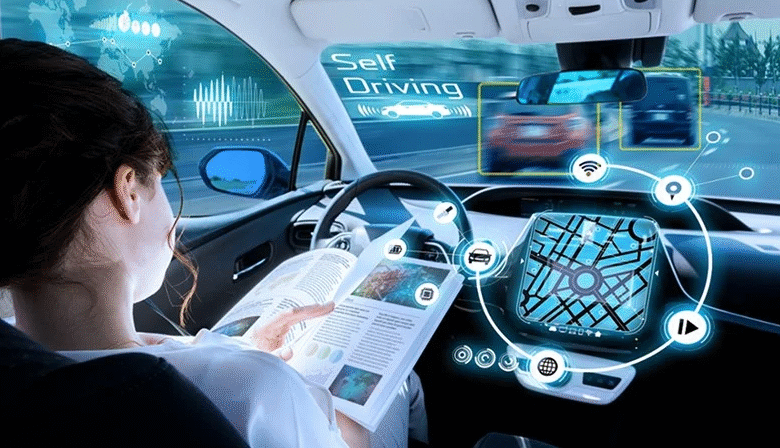How AI Is Transforming the Future of Transportation

AI is fundamentally reshaping transportation by introducing innovative solutions that enhance efficiency and safety. The emergence of autonomous vehicles marks a significant shift, while smart traffic management systems tackle urban congestion. Additionally, AI-driven advancements in sustainability are paving the way for cleaner transportation options. These developments suggest a future where travel is not only more convenient but also environmentally responsible. However, the implications of these changes raise important questions about adaptation and societal impact.
The Rise of Autonomous Vehicles
As technology advances, the rise of autonomous vehicles marks a significant shift in the transportation landscape.
These innovations rely on sophisticated vehicle algorithms that promise enhanced safety and efficiency.
However, the path to widespread adoption is fraught with regulatory challenges.
Policymakers must balance innovation with public safety, ensuring that the freedom offered by autonomous transport does not compromise societal trust and security.
Smart Traffic Management Systems
While urbanization and increased vehicle ownership continue to strain existing transportation infrastructures, smart traffic management systems emerge as a promising solution to optimize traffic flow and enhance road safety.
By leveraging smart city integration and real-time analytics, these systems dynamically adjust traffic signals and manage congestion, ultimately fostering a more efficient urban environment.
This innovation empowers citizens, promoting freedom of movement in increasingly complex cities.
Enhancing Safety and Reducing Accidents
When advanced technologies are integrated into transportation systems, the potential to enhance safety and reduce accidents becomes significantly greater.
AI-driven collision avoidance systems utilize predictive analytics to foresee potential hazards, enabling timely interventions.
This proactive approach not only minimizes human error but also fosters an environment where individuals can traverse freely, confident in the knowledge that technology actively safeguards their journeys on the road.
See also: How AI Is Transforming Financial Services
Sustainable Transportation Solutions Through AI
The integration of AI in transportation not only enhances safety but also paves the way for sustainable solutions that address pressing environmental concerns.
By facilitating electric vehicle integration, AI optimizes energy consumption and reduces emissions.
Furthermore, predictive maintenance algorithms enhance fleet efficiency, minimizing downtime and resource waste.
Together, these innovations contribute to a cleaner, more sustainable transportation future, aligning with the desire for freedom and environmental responsibility.
Conclusion
As AI continues to weave its intricate web through the fabric of transportation, the convergence of autonomous vehicles and smart traffic systems emerges as a serendipitous solution to urban congestion and safety dilemmas. This unexpected synergy not only enhances operational efficiency but also fosters a sustainable future, where emissions dwindle and road accidents become anomalies. In this transformative journey, AI stands as both navigator and architect, reshaping our travel experiences in ways once thought to be the realm of science fiction.





